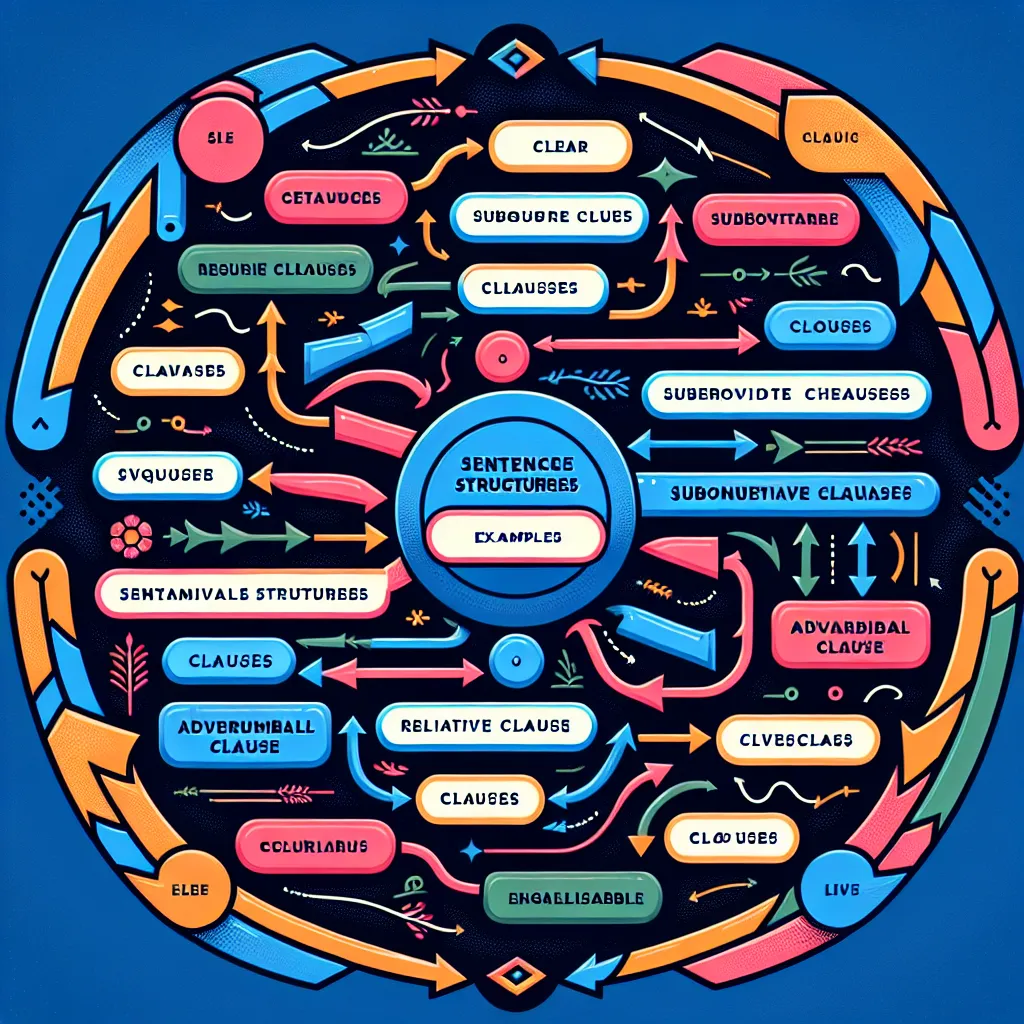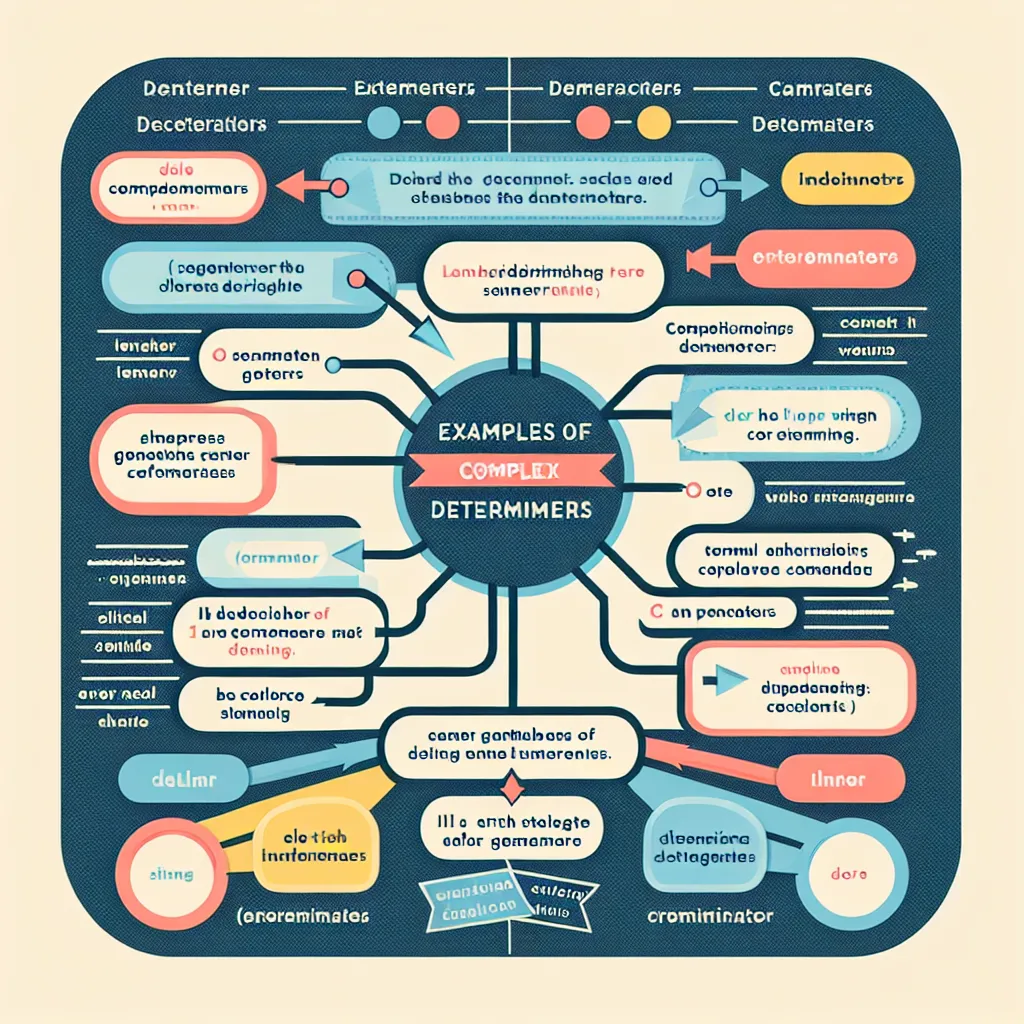Writing with complex sentence patterns is a crucial skill for effective communication in English. Whether you’re preparing for the IELTS exam or aiming to enhance your overall writing proficiency, mastering these patterns can significantly elevate the quality of your work. In this comprehensive guide, we’ll explore strategies to perfect your use of complex sentence patterns, providing you with the tools to create more sophisticated and engaging written content.
Understanding Complex Sentence Patterns
Complex sentence patterns are essential for expressing nuanced ideas and relationships between thoughts. They consist of an independent clause and at least one dependent clause, allowing writers to convey more intricate concepts and create variety in their writing.
Why Complex Sentences Matter
Complex sentences are vital for several reasons:
- They add depth and sophistication to your writing.
- They help you express complex ideas more clearly.
- They demonstrate a higher level of language proficiency.
- They create a more engaging and varied reading experience.
 Complex Sentence Patterns Diagram
Complex Sentence Patterns Diagram
Types of Complex Sentence Patterns
To perfect your use of complex sentence patterns, it’s essential to familiarize yourself with the various types:
1. Subordinate Clauses
Subordinate clauses begin with subordinating conjunctions such as “although,” “because,” “when,” or “if.” They add additional information to the main clause.
Example: “Although it was raining heavily, we decided to go for a walk.”
2. Relative Clauses
Relative clauses provide extra information about a noun in the main clause. They often start with relative pronouns like “who,” “which,” or “that.”
Example: “The book, which was recommended by my professor, turned out to be a fascinating read.”
3. Noun Clauses
Noun clauses function as nouns within a sentence and can act as subjects, objects, or complements.
Example: “What she said surprised everyone in the room.”
Strategies for Improving Complex Sentence Usage
To perfect your use of complex sentence patterns, consider the following strategies:
1. Practice with Sentence Combining Exercises
Combine simple sentences to create more complex structures. This exercise helps you see how ideas can be linked and expressed more efficiently.
Example:
- Simple: The movie was long. It was also boring.
- Combined: The movie, which was exceedingly long, turned out to be incredibly boring.
2. Analyze Model Texts
Study well-written articles, essays, or literary works to observe how skilled writers use complex sentences. Pay attention to how they vary sentence structures and connect ideas.
3. Use Transitional Phrases
Incorporate transitional phrases to smoothly connect clauses and ideas within your complex sentences.
Example: “Despite the challenges we faced, we persevered; as a result, we achieved our goals.”
4. Experiment with Different Clause Positions
Try placing dependent clauses at the beginning, middle, or end of sentences to create variety and emphasis.
Example:
- Beginning: “Because he studied diligently, he passed the exam with flying colors.”
- End: “He passed the exam with flying colors because he studied diligently.”
5. Utilize Punctuation Effectively
Master the use of commas, semicolons, and other punctuation marks to clearly separate and connect clauses within complex sentences.
Example: “While some prefer coffee, others enjoy tea; however, both beverages have their unique benefits.”
 Complex Sentence Exercises
Complex Sentence Exercises
Common Pitfalls to Avoid
When working on perfecting complex sentence patterns, be aware of these common mistakes:
- Overcomplicating sentences: Don’t make your sentences so complex that they become difficult to understand.
- Neglecting variety: Avoid using the same type of complex structure repeatedly.
- Misusing punctuation: Incorrect punctuation can change the meaning of your sentence or make it confusing.
- Forgetting about clarity: Always prioritize clarity over complexity.
Practical Exercises for Improvement
To hone your skills in using complex sentence patterns, try these exercises:
- Sentence expansion: Take a simple sentence and expand it by adding subordinate or relative clauses.
- Sentence reduction: Conversely, take a long, complex sentence and break it down into simpler components to understand its structure.
- Clause identification: In a given text, identify different types of clauses and analyze how they contribute to the overall meaning.
- Rewriting exercises: Rewrite paragraphs using different complex sentence structures while maintaining the original meaning.
For more in-depth practice on improving your grammar for formal writing, check out our comprehensive guide on improving grammar for formal writing.
Advanced Techniques
As you become more comfortable with basic complex sentence patterns, you can explore more advanced techniques:
1. Balanced Sentences
Create sentences with parallel structures to emphasize comparisons or contrasts.
Example: “To err is human; to forgive, divine.”
2. Periodic Sentences
Build suspense by placing the main clause at the end of the sentence.
Example: “After months of preparation, countless sleepless nights, and unwavering determination, she finally achieved her lifelong dream.”
3. Cumulative Sentences
Start with a main clause and add modifying phrases or clauses to provide additional details.
Example: “The hiker reached the summit, exhausted yet exhilarated, his eyes taking in the breathtaking panorama of snow-capped peaks and verdant valleys stretching endlessly before him.”
For more strategies on improving your use of grammar in various contexts, including storytelling, visit our article on mastering the use of tenses in storytelling.
Conclusion
Perfecting The Use Of Complex Sentence Patterns In Writing is a journey that requires practice, patience, and perseverance. By understanding different types of complex sentences, implementing effective strategies, and avoiding common pitfalls, you can significantly enhance the quality and sophistication of your writing. Remember to balance complexity with clarity, and always keep your audience in mind. As you continue to practice and refine your skills, you’ll find that complex sentence patterns become a natural and powerful tool in your writing repertoire.
We encourage you to apply these techniques in your own writing and to explore further resources on grammar and style. For additional insights on improving your overall grammar usage, don’t miss our article on strategies for improving grammar in conversations.
Keep practicing, stay curious, and watch as your writing transforms into more eloquent and impactful communication. Happy writing!




